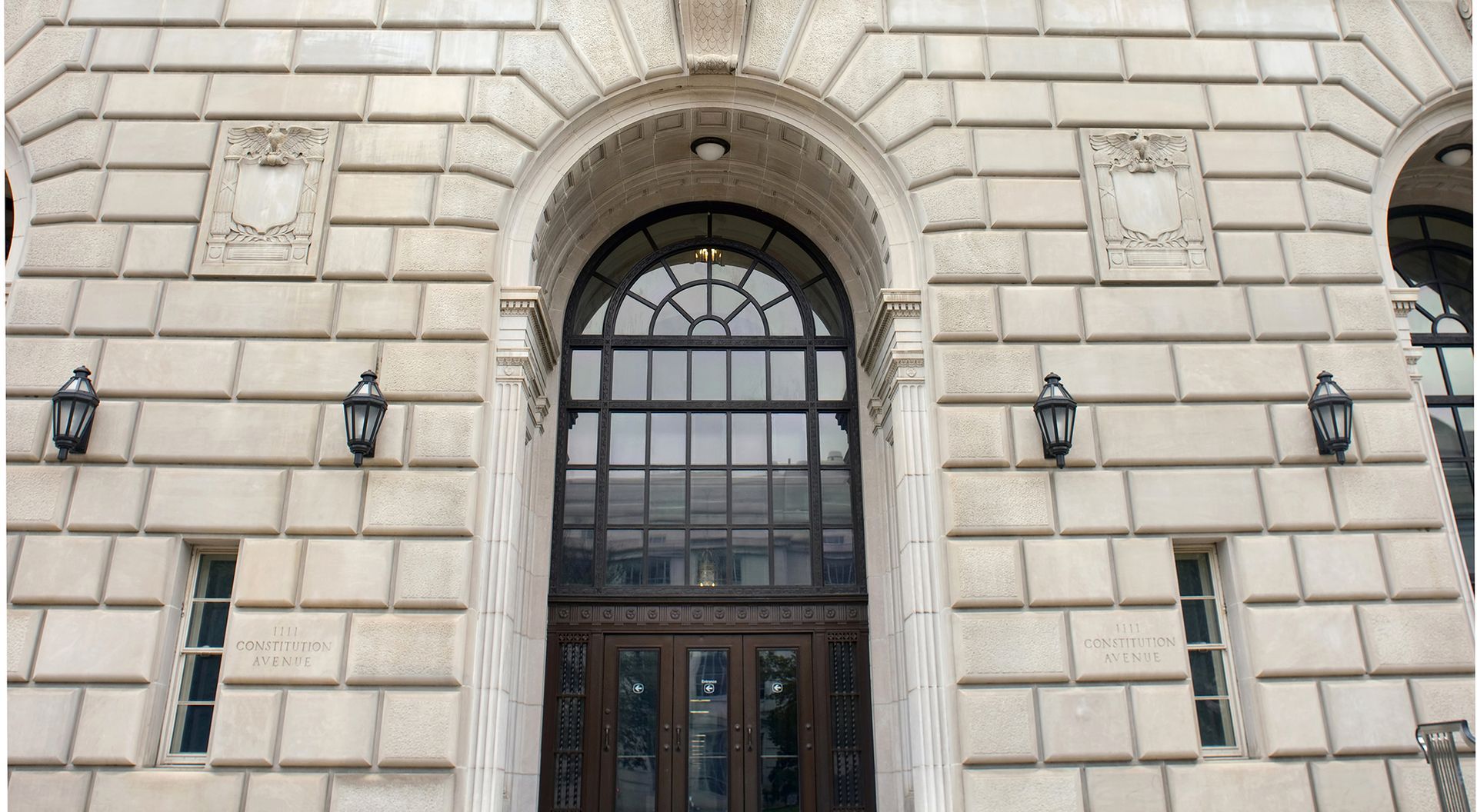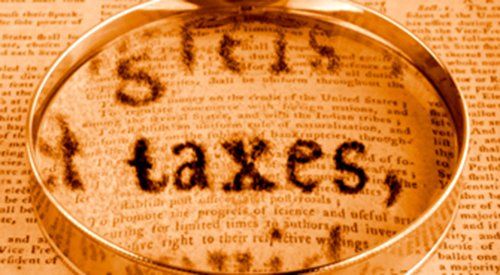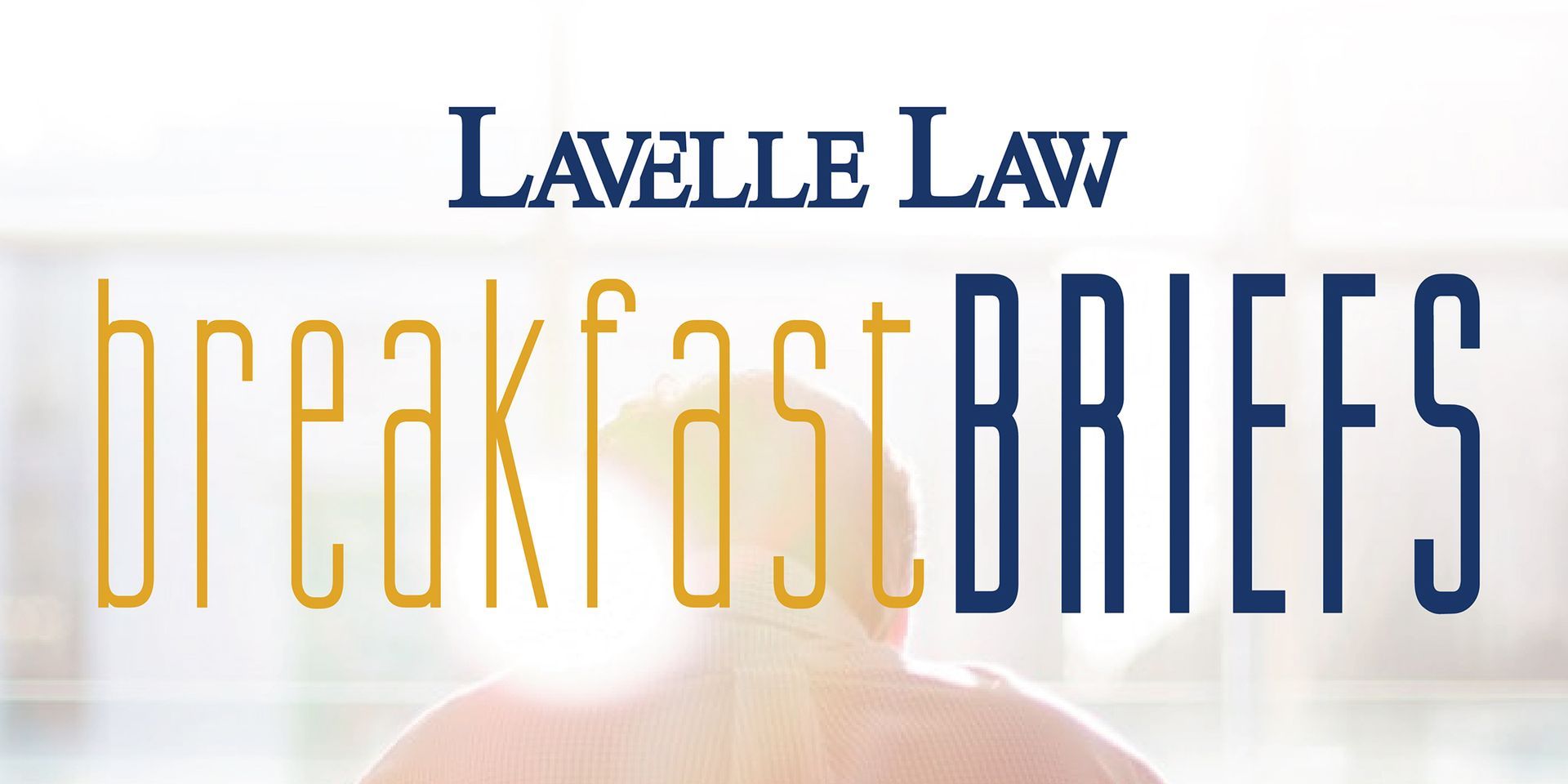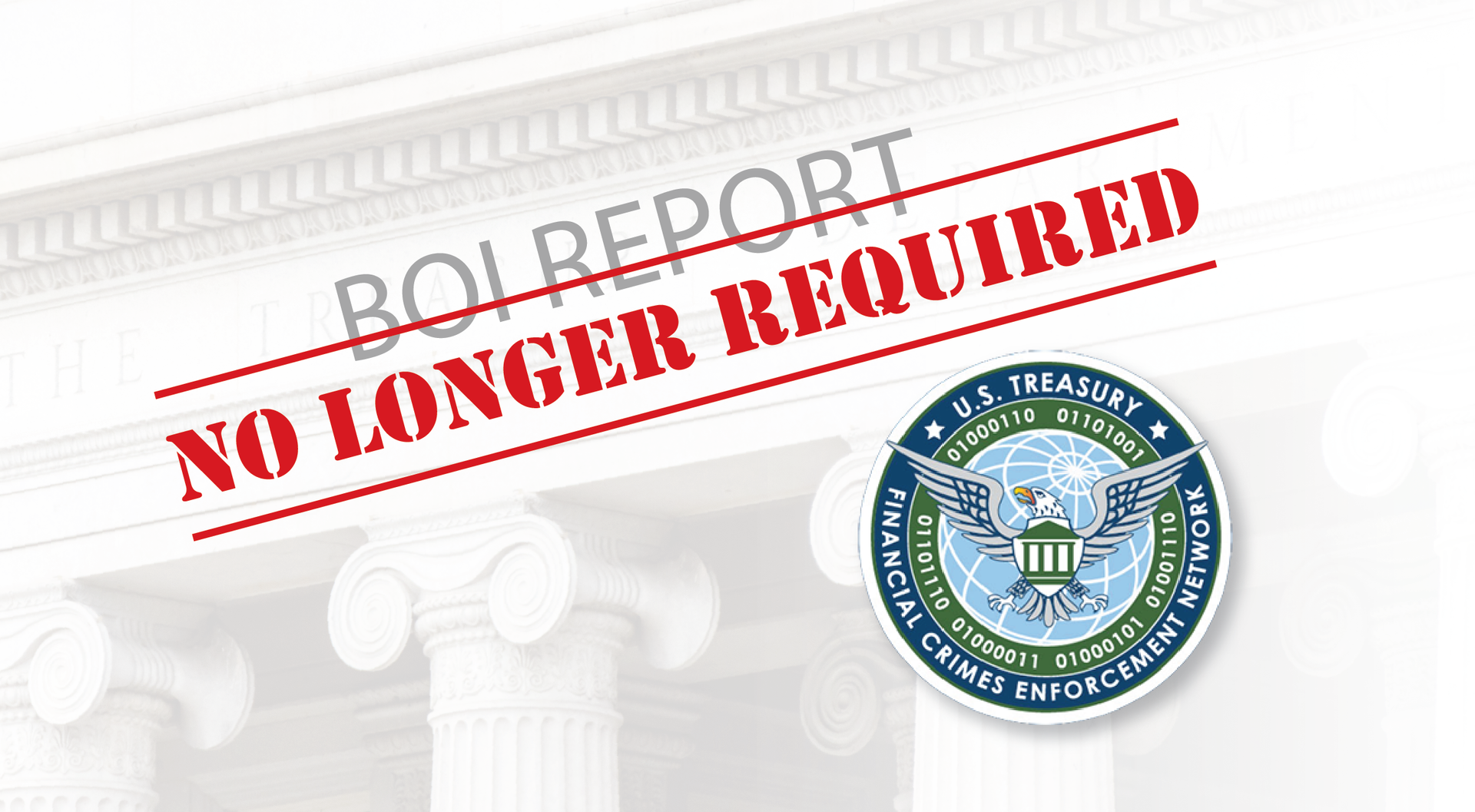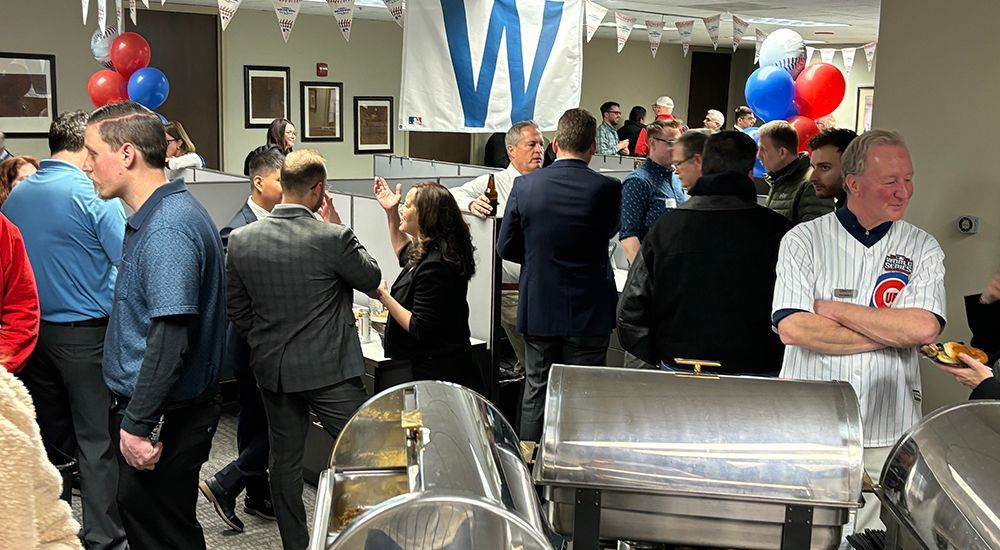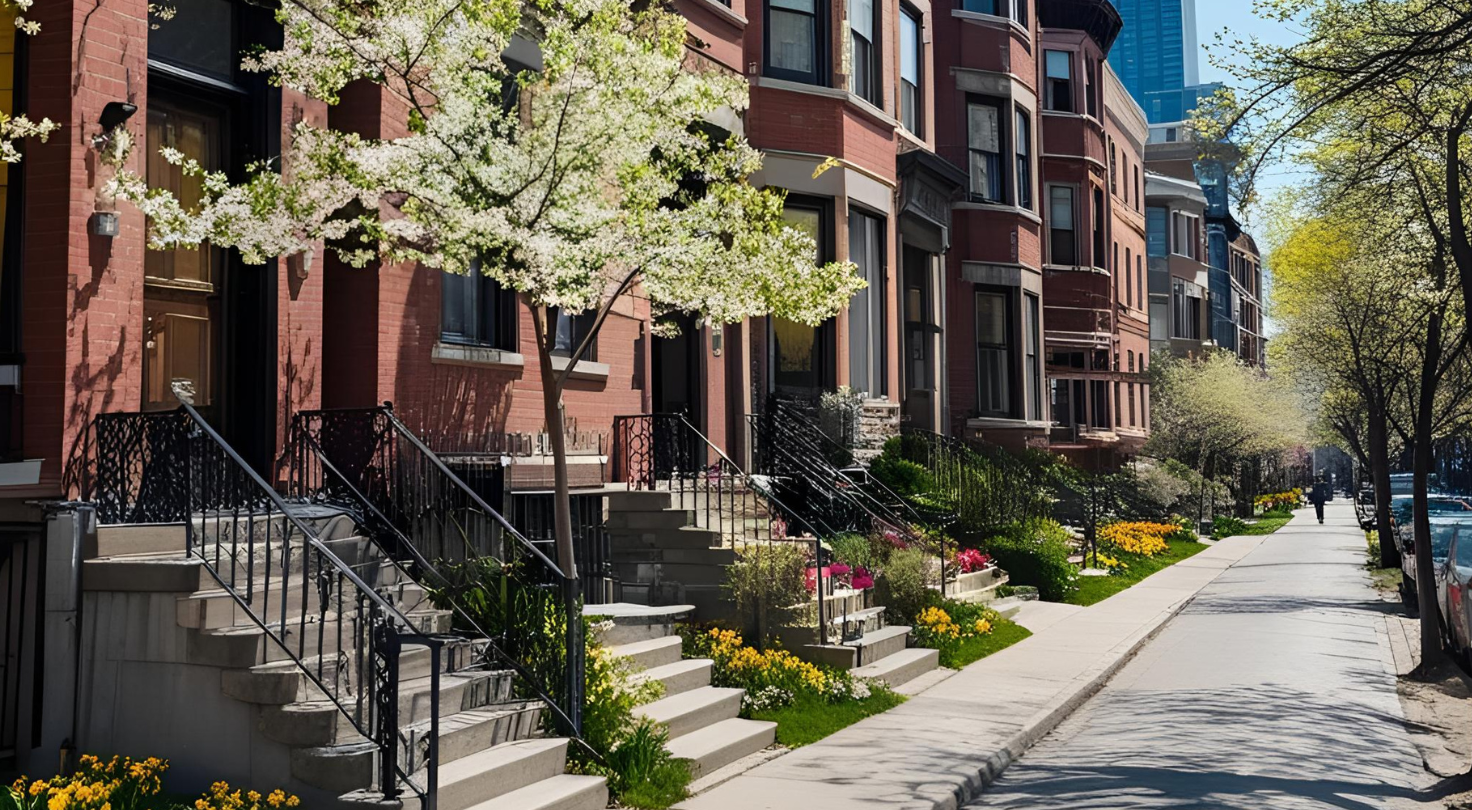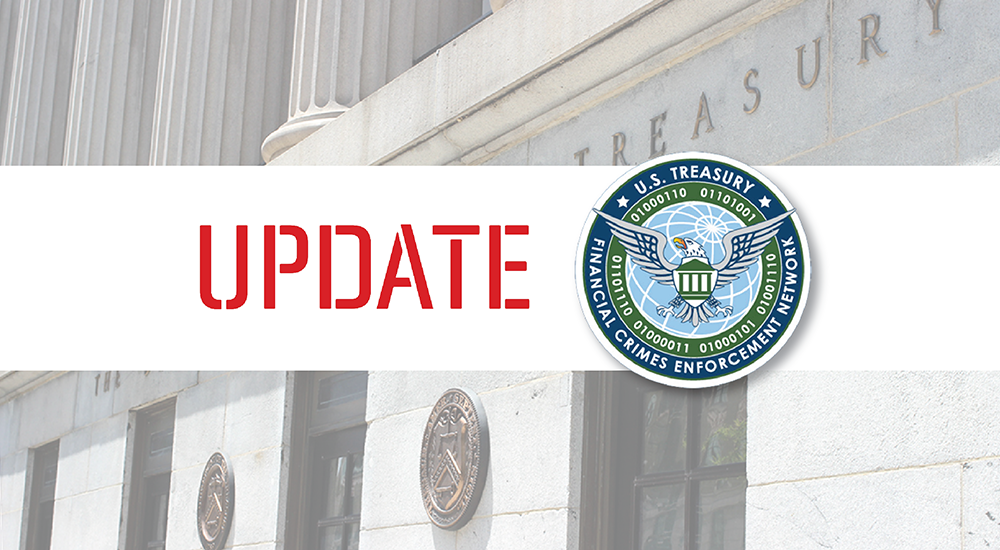Understanding Mortgage Rate Buydowns from the Seller’s Perspective

With interest rates on the rise, sellers are looking for ways to market their properties to rate-conscious buyers. Seller concessions that became popular during prior periods of high interest rates are finding new relevance in today’s market. Perhaps the most popular of these concessions is the mortgage rate buydown.
A mortgage rate buydown temporarily reduces the interest rate on a mortgage loan for one or more years of the loan term. For example, if the buyer’s interest rate for a 30-year fixed rate mortgage is 7%, a 2/1 buydown might offer an interest rate of 5% for the first year, 6% for the second year, and then 7% for the remaining 28 years. The reduced interest rate for the first two years of the loan can result in lower monthly payments for the borrower, making the loan more affordable in the short term. For this reason, buyers that expect to refinance to a lower interest rate before the end of the buydown period find the most value in the mortgage rate buydown.
The cost of the seller-funded buydown, which is normally a percentage of the loan amount, is typically paid at closing. The funds are placed into an escrow account and a set amount is released each month to offset the buyer’s monthly mortgage payment during the buydown period.
It is important for Sellers to understand the true nature of any concession they are providing to a buyer. It is equally important to understand what a particular concession can and cannot do for a buyer. While offering a mortgage rate buydown provides a buyer with reduced payments during the buydown period, it generally will not make it easier for a buyer to qualify for a mortgage. Sellers should consult with a real estate attorney to ensure that any concession offered will achieve the intended result.
If you would like more information about buydowns or any other real estate issue, please contact me at 847-705-7555 or kmitrick@lavlellaw.com.
More News & Resources
Lavelle Law News and Events
